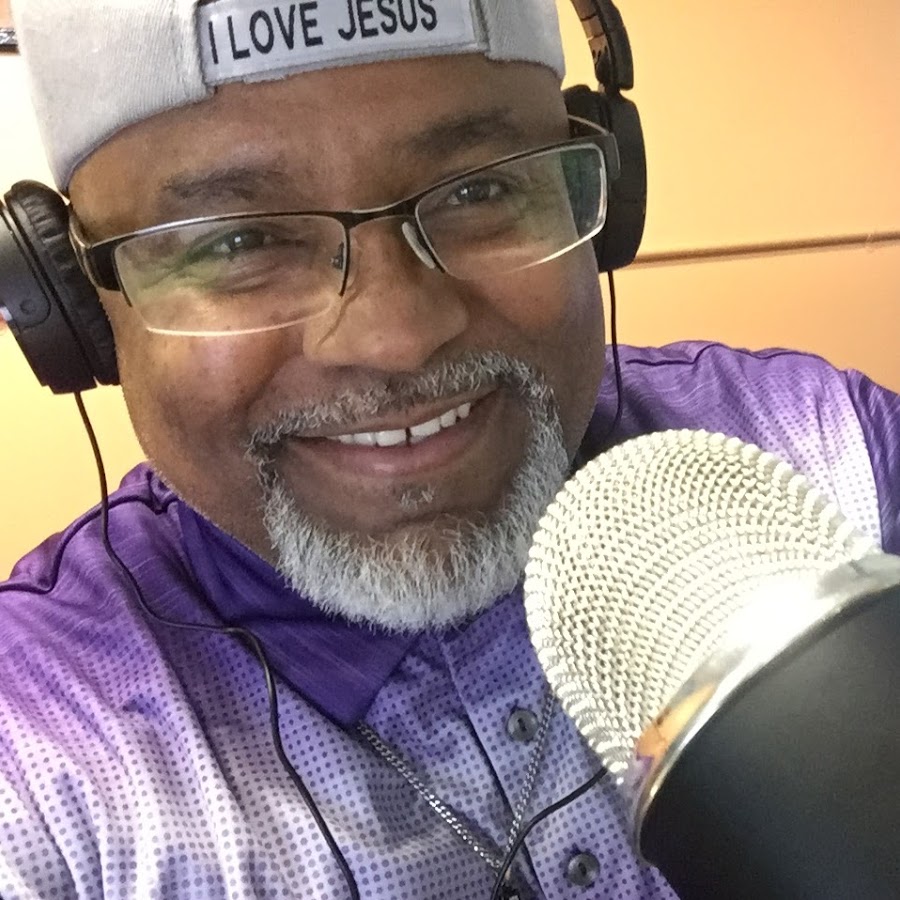In Ephesians 4:1-6 the Apostle Paul declared biblically, apostolically and prophetically that the church is one,
I, therefore, the prisoner of the Lord, beseech you to walk worthy of the calling with which you were called, 2 with all lowliness and gentleness, with longsuffering, bearing with one another in love, 3 endeavoring to keep the unity of the Spirit in the bond of peace. 4 There is one body and one Spirit, just as you were called in one hope of your calling; 5 one Lord, one faith, one baptism; 6 one God and Father of all, who is above all, and through all, and in you all. (NKJV)
There are many local churches. We read in the New Testament that the church was separated by cities. We read that each local church was assigned Elders and Deacons. However, the church was and is one.
The Moravian Church, one, if not the oldest Protestant Denomination, has it roots 100 years before Martin Luther’s protestation. A Philosophy Professor and rector of the University of Prague by the name of John Huss (1369-1415) was declaring then the things that Martin Luther declared 100 years later. John Huss was burned alive for his believes, however, his spirit remained alive and well.
“The reformation spirit did not die with Hus. The Moravian Church, or Unitas Fratrum (Unity of Brethren), as it has been officially known since 1457, arose as followers of Hus gathered in the village of Kunvald, about 100 miles east of Prague, in eastern Bohemia, and organized the church. This was 60 years before Martin Luther began his reformation and 100 years before the establishment of the Anglican Church. By 1467 the Moravian Church had established its own ministry, and in the years that followed three orders of the ministry were defined: deacon, presbyter and bishop.” (http://www.moravian.org/the-moravian-church/the-moravian-church/history.html)
The religious history of the United States cannot be written without the central participation of this amazing group of brothers and sisters.
The Moravians first came to America during the colonial period. In 1735 they were part of General Oglethorpe’s philanthropic venture in Georgia. Their attempt to establish a community in Savannah did not succeed, but they did have a profound impact on the young John Wesley who had gone to Georgia during a personal spiritual crisis. Wesley was impressed that the Moravians remained calm during a storm that was panicking experienced sailors. He was amazed at people who did not fear death, and back in London he worshiped with Moravians in the Fetter Lane Chapel. There his “heart was strangely warmed.” (http://www.moravian.org/the-moravian-church/the-moravian-church/history.html)
The Moravians lived by a very powerful way of thinking. The thunderous echo of their mission statement continues to penetrate the hearts of men and women of God today who know that these words are true,
“In Essentials, Unity; In Nonessentials, Liberty; In All Things, Love.”
http://www.moravian.org/the-moravian-church/the-moravian-church/history.html
TO BE CONTINUED…


Leave a comment